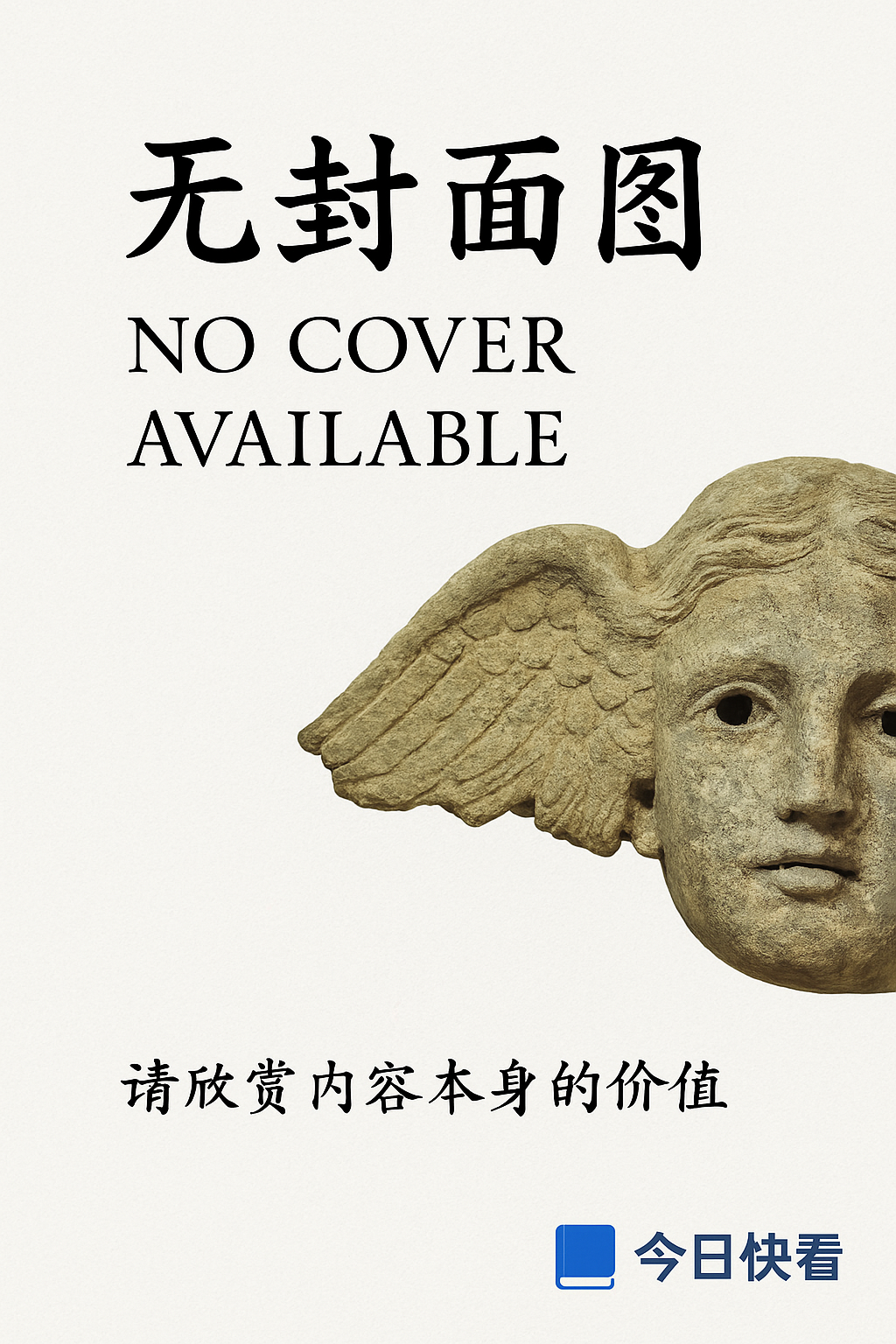书籍详情

I really should be practicing
Gary Graffman / Gary Graffman /1981年1月1日
"I Really Should Be Practicing" 是由Gary Graffman撰写的一本深入人心的书籍。书中,Graffman以其特有的洞察力和幽默感,探索了音乐家在练习与创作过程中所面临的挑战与挣扎。他深入剖析了音乐家的内心世界,揭示了他们对艺术的执着追求,以及背后的不安与自我怀疑。同时,这本书也提供了一种理解和应对这些情绪的方法,鼓励读者面对恐惧,坚持不懈地追求自己的梦想。无论是专业音乐家,还是业余爱好者,都能从中找到共鸣,获得力量。简而言之,"I Really Should Be Practicing" 是一部充满激情与智慧的作品,它既是对音乐家生涯的真实写照,也是对所有追求艺术之路的人的深刻启示。
大纲笔记
《I really should be practicing》书籍摘要
第一章:The Mind in Practice
1.1 The importance of practice
- Point 1: Practice is the key to mastery in any field.
- Point 2: Deliberate practice is more effective than just playing around.
- Point 3: Practice can change the structure of the brain.
1.2 The psychology of learning
- Point 1: The mind forms mental representations through repetition.
- Point 2: The "forgetting curve" and spacing effect enhance memory retention.
- Point 3: The Zeigarnik effect suggests that incomplete tasks are better remembered.
1.3 Overcoming plateaus
- Point 1: Plateaus are natural and can be overcome with persistence.
- Point 2: Breakthroughs often come after a period of struggle and reflection.
- Point 3: Varied practice can help avoid mental rigidities.
第二章:The Body in Practice
2.1 Physical training for musicians
- Point 1: Muscles, tendons, and joints all impact piano technique.
- Point 2: Proper posture and alignment are essential.
- Point 3: Injury prevention through stretching and strengthening exercises.
2.2 Ergonomics and instrument design
- Point 1: Pianists must make adjustments to fit their body to the instrument.
- Point 2: Furniture and equipment should support healthy body mechanics.
- Point 3: The design of the piano can affect playing comfort and technique.
2.3 The role of rest and recovery
- Point 1: Adequate rest is crucial for avoiding burnout and improving performance.
- Point 2: The "supercompensation" effect allows for optimal performance after recovery.
- Point 3: Sleep enhances memory consolidation and skill learning.
第三章:Practice as a Way of Life
3.1 Establishing a routine
- Point 1: Consistency in practice time leads to better results.
- Point 2: A structured routine can reduce anxiety and improve focus.
- Point 3: Setting goals within the routine helps maintain motivation.
3.2 Balancing different aspects of musicianship
- Point 1: Technical proficiency must be balanced with artistic expression.
- Point 2: Understanding musical structure supports interpretive skills.
- Point 3: Listening to various genres and styles broadens musical understanding.
3.3 Dealing with distractions and setbacks
- Point 1: Recognizing distractions allows for proactive management.
- Point 2: Setbacks are opportunities for growth if viewed positively.
- Point 3: Resilience is cultivated through practice and persistence.
第四章:The Art of Practicing
4.1 Strategies for effective practice
- Point 1: Segmentation breaks complex tasks down into manageable pieces.
- Point 2: Slowing down can help with precision and control.
- Point 3: Mental rehearsal complements physical practice.
4.2 The role of feedback
- Point 1: Feedback is necessary for improvement, whether self-given or from others.
- Point 2: Specific and constructive feedback is most beneficial.
- Point 3: Learning to take feedback and apply it is a skill in itself.
4.3 Practice as exploration
- Point 1: Practicing should be enjoyable and free from excessive pressure.
- Point 2: Exploration fosters creativity and finding personal voice.
- Point 3: Embracing the unknown in practice can lead to breakthroughs.
作者介绍
标题:Gary Graffman:音乐与文学的交织者 Gary Graffman,一位在音乐与文学领域都留下深刻印记的艺术家,以其独特的视角和丰富的经验,为我们带来了无数的启示和灵感。
< 在这篇文章中,我们将从多个角度深入了解这位多才多艺的作者。个人基本信息
Gary Graffman,1938年出生于美国纽约,是一位著名的钢琴家、教育家和作家。< 他的艺术生涯跨越了半个多世纪,见证了音乐和文学的变迁与发展。教育与职业背景
Graffman的早期教育在费城的柯蒂斯音乐学院(Curtis Institute of Music)进行,师从著名钢琴家鲁道夫·塞尔金(Rudolf Serkin)。< 此后,他在世界各地的音乐厅和音乐节上演出,与许多顶级乐团和指挥家合作,赢得了国际声誉。写作生涯
Graffman的写作生涯始于他对音乐的深刻理解和对教育的热情。< 他的作品《I Really Should Be Practicing》是一本关于音乐、生活和艺术的随笔集,展现了他对音乐教育的独到见解和对艺术的热爱。作品风格和主题
Graffman的写作风格亲切、幽默,充满了对音乐的热爱和对生活的深刻洞察。< 他的作品主题多样,从音乐教育到个人成长,从艺术欣赏到文化批评,都展现了他宽广的视野和深邃的思考。个人生活
Graffman的个人生活同样丰富多彩。< 他是一位热爱家庭的人,也是一位热衷于公益事业的慈善家。他的生活和工作经历,为他的写作提供了丰富的素材和灵感。<
社会影响
Graffman的社会影响力不仅体现在他的音乐和写作上,还体现在他对年轻艺术家的培养和对音乐教育的贡献上。他曾多次获得荣誉学位和奖项,包括美国国家艺术奖章。<
引用和评价
《纽约时报》曾评价Graffman的作品为“充满智慧和幽默的音乐随笔”,而《华盛顿邮报》则称赞他为“一位真正的艺术家和思想家”。最新动态
尽管Graffman已经进入了高龄,但他仍然活跃在音乐和文学的舞台上。< 他的最新作品《音乐与生活》即将出版,我们期待着他再次为我们带来新的启示和感动。Gary Graffman,这位音乐与文学的交织者,用他的才华和热情,为我们描绘了一个丰富多彩的艺术世界。< 他的作品和生活,无疑将继续激励着我们去探索、去创造、去热爱。
更多精选笔记推荐
王朝的余晖 : 淮军:1862—1900
作者: 季宇
《王朝的余晖:淮军:1862—1900》是季宇撰写的一部深入剖析晚清历史的重要作品。该书以1860年前后晚清政坛的剧烈动荡为背景,详细叙述了晚清重臣李鸿章如何创建并发展淮军,以及这支军队在晚清政治、军事格局中的重要地位和影响。书中不仅揭示了李鸿章等人在动荡时局中的决策与行动,还深刻反映了晚清社会的各种矛盾和冲突。通过本书,读者可以更全面地了解晚清时期的历史真相,更深刻地认识那个时代的人物和事件。季宇以其深厚的历史功底和生动的笔触,为我们呈现了一幅晚清历史的生动画卷,是了解和研究晚清历史不可多得的佳作。
上学记
作者: 何兆武 口述、文靖 撰写
《上学记》是何兆武教授口述、文靖撰写的一部书籍,通过何兆武的亲身经历,浓缩了20世纪中国知识分子的心灵史。本书主要叙述了何兆武在1920年代至1940年代末的学生时期经历,虽然时间跨度不足30年,但这段陈年往事却蕴含着一个饱经沧桑的时代背景。通过阅读本书,读者可以深入了解当时中国社会的政治、文化环境,以及知识分子在这样的环境下所经历的磨难和成长。何兆武以自己的亲身经历,生动地描绘了学生时期的生活场景、人物形象以及内心的感受和思考,读来令人感同身受。总之,《上学记》是一部珍贵的口述历史作品,不仅具有极高的史料价值,更能启迪后人,让人们更加珍惜当下的生活,思考人生的意义和价值。
改革时代:美国的新崛起
作者: 理查德·霍夫施塔特
《改革时代:美国的新崛起》一书由理查德·霍夫施塔特撰写,深度剖析了美国历史上的一个关键时期。此书聚焦于改革年代的社会、政治和经济变迁,揭示了这一时期美国如何逐步实现新的崛起。霍夫施塔特通过详尽的史料和敏锐的洞察,阐述了改革力量如何重塑美国社会,推动国家在政治民主化、经济现代化和社会公正方面取得显著进步。此书不仅对美国历史研究具有重要价值,也为读者提供了一面镜子,让我们从中看到改革与创新在国家发展中的关键作用。对于想要深入了解美国历史及其崛起过程的读者来说,这本书无疑是一部不可或缺的佳作。



